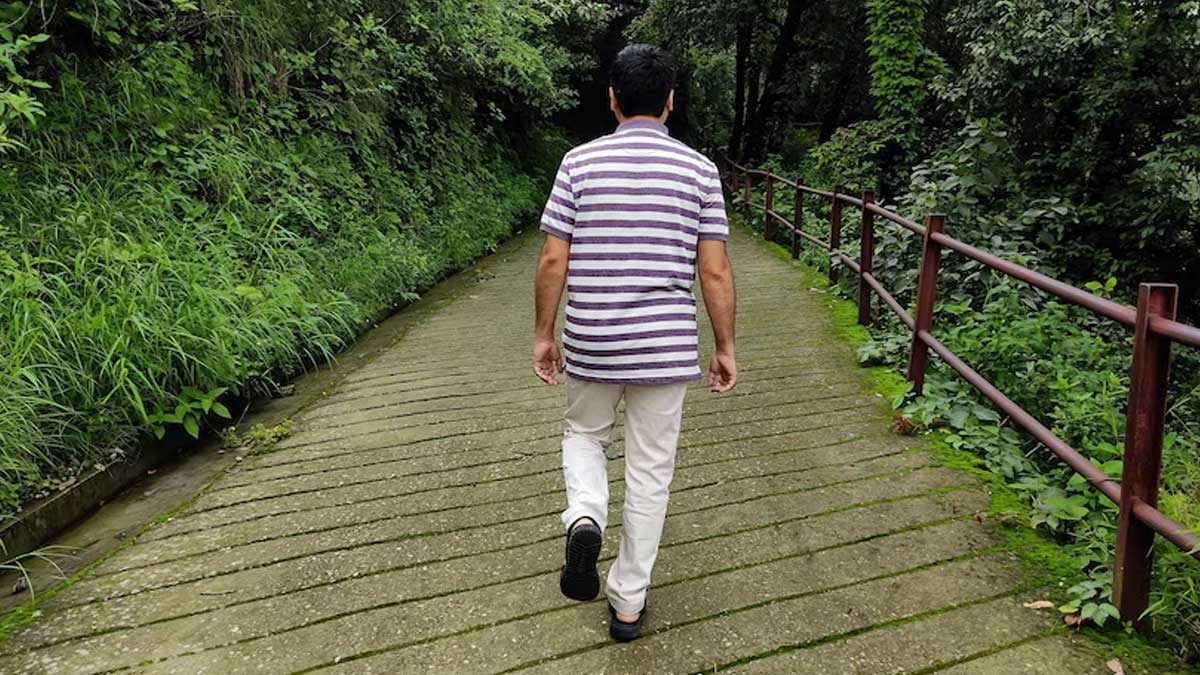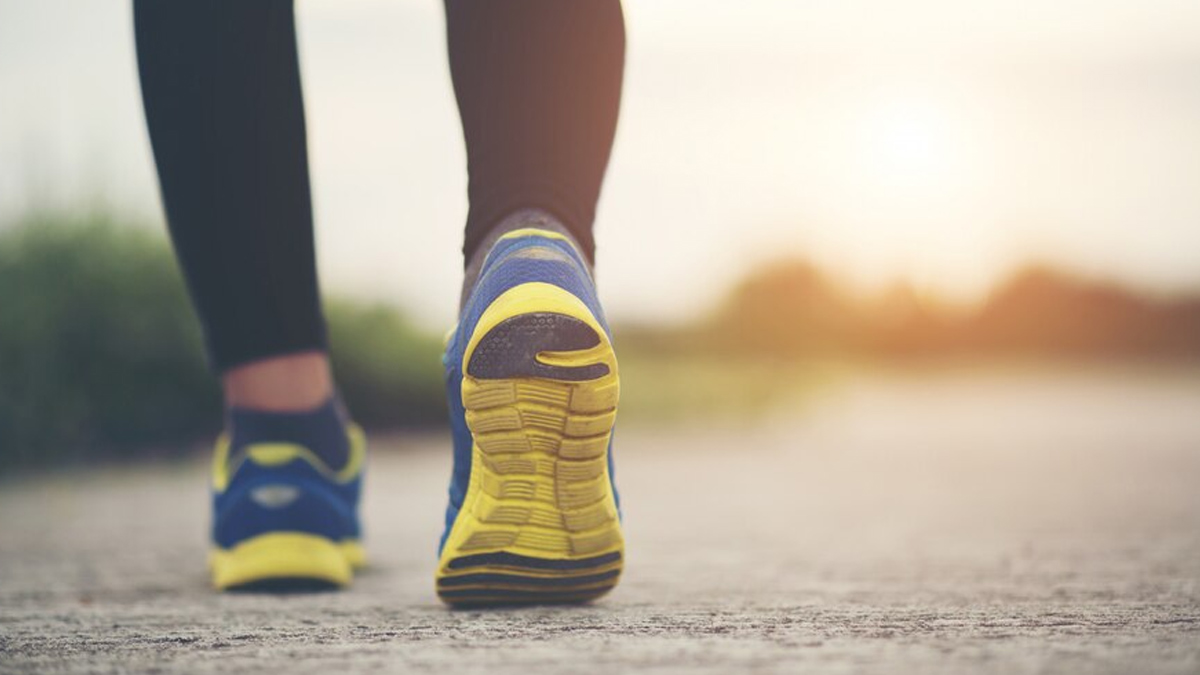
The fitness world is full of interesting trends, and the latest one might raise a few eyebrows (or noses). It's called the ‘fart walk,’ and it involves taking a stroll after a meal, specifically to release intestinal gas and promote better digestion.
Table of Content:-
This quirky practice gained popularity thanks to Mairlyn Smith, a Toronto-based cookbook author who goes by the playful title of ‘Queen of Fibre.’ Smith noticed the benefits of post-meal walks years ago and attributed her embrace of the ‘fart walk’ to her high-fibre diet.
But is there any truth to the idea that a gassy walk can improve digestion? Here’s the science behind this unconventional trend.

How Does Movement Help Digestion?
While the term ‘fart walk’ might sound humorous, the underlying concept has a basis in science. Our digestive system, also known as the gastrointestinal (GI) tract, is a complex network of organs that break down food and absorb nutrients. When we move, our bodies aren't just giving our legs a workout; our GI tract gets some exercise too.
Here's how physical activity, like walking, can benefit digestion:
- Increased Gut Motility: According to a published in the journal Diabetes, Metabolic Syndrome and Obesity, walking stimulates the muscles in the GI tract, which helps propel food through the system more efficiently. This reduces the chances of bloating and constipation. The study shows how post-meal walking can significantly speed up gastric emptying, the process of moving food from the stomach to the small intestine.
- Reduced Bloating: Gas buildup is a common cause of bloating, and walking can help release this trapped gas. A study by Iranian researchers found that the gentle bouncing motion during walking creates internal pressure in the abdomen, aiding in the expulsion of gas.
- Improved Blood Sugar Control: Walking after eating can help regulate blood sugar levels. The American Diabetes Association suggests that walking for 30 minutes every day or a minimum of 10,000 steps daily may be particularly helpful for those with type 2 diabetes or insulin resistance.
So, while the ‘fart walk’ might not be the most elegant name, the act of walking after a meal can genuinely promote smoother digestion.
Also Read: Raisin Yoghurt Can Do Wonders For Your Gut: Doctor Explains How It Aids Digestion

How to Make the Most of Your Fart Walk
If you're interested in trying out the fart walk, here are some tips:
- Timing is Key: Aim for a walk 30-60 minutes after a meal. This allows your body to begin the digestion process before you introduce movement.
- Start Slow and Easy: Begin with a short walk, around 10-15 minutes, and gradually increase the duration as tolerated.
- Listen to Your Body: If you experience any discomfort during the walk, slow down or stop altogether. There's no need to push yourself too hard.
- Hydrate: Don't forget to drink plenty of water before, during, and after your walk.
- Embrace the Fresh Air: While the primary focus might be on releasing gas, enjoy the fresh air and the change of scenery.
Remember, the ‘fart walk’ is just a catchy name. It's essentially a post-meal walk that can benefit your digestion in several ways. So, lace up your shoes, take a stroll after dinner, and experience the power of movement for a healthier gut.
Important Note: If you experience excessive bloating, gas, or other persistent digestive issues, it's important to consult with a healthcare professional to rule out any underlying conditions.
Also watch this video
How we keep this article up to date:
We work with experts and keep a close eye on the latest in health and wellness. Whenever there is a new research or helpful information, we update our articles with accurate and useful advice.
Current Version